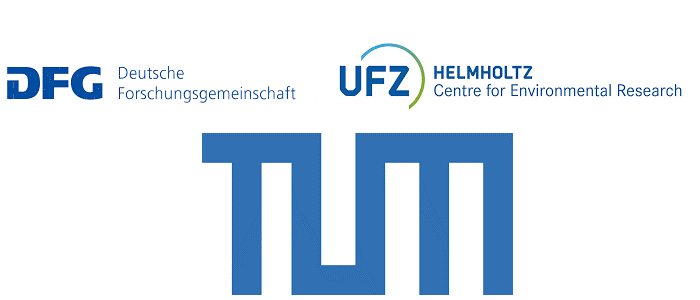FO3NC - Functional-groups specific reactivity, transformation and persistence of contaminants of emerging concern (CECs) and their transformation products during wastewater ozonation.
Chemical oxidation by ozone is an established technology for the efficient oxidation of contaminants of emerging concern (CEC) in water treatment. A major disadvantage of using ozone is the formation of stable and potentially toxic ozonation products (OPs). Biologically stable OPs are particularly critical due to their longevity in the environment. It is impossible to examine all relevant CECs for their reactivity towards ozone, the resulting OPs and their biological stability. Rather, it is necessary to generate knowledge based on the systematic study of functional groups that can be transferred to other substances. So far, such systematic studies have not been carried out. The knowledge gap for effluent organic matter (EfOM) is even larger. The ozone consumption of EfOM proves its reactivity to ozone, but which functional groups react, which products are formed and how biologically stable they are, has not been investigated for EfOM especially with heteroatoms (N, S).
This project aims to fill both gaps by a complementary analytical and experimental approach, with the common methodological approach of introducing a label into the OPs and identification by means of (ultra-high-resolution) mass spectrometry.
The project is based on the central hypothesis that the reaction of ozone with certain functional groups of CECs as well as with equivalent functional groups of the EfOM leads to a predictable formation of OPs. It aims to i) improve our understanding of the reactivity of different functional groups to ozone, focusing on the identification of non-biodegradable functional groups within the OPs, ii) identify and quantify ozone-reactive functional groups in the EfOM based on existing knowledge on the transformation of CECs, with the focus on N- and S-containing functional groups which form potentially chemically stable OPs, and iii) assess the significance of the EfOM with respect to the formation of biologically stable OPs in wastewater ozonation in comparison to CECs.
Specific work objectives for TUM in this joint research project of TUM and UFZ partners include:
- Establish and validate a novel isotope labelling method to determine OPs formed during ozonation
- Assess and elucidate the formation of OPs from model compounds with specific functional groups (aniline, aromatic olefins, tertiary amine, sulfide)
- Assess the biodegradability of OPs formed from model compounds and EfOM in batch and pilot scale biodegradation systems
| Project leader | Dr.-Ing. Uwe Hübner |
| Researcher | Millaray Sierra Olea, M. Sc. |
| Funding | Deutsche Forschungsgemeinschaft (DFG) |
